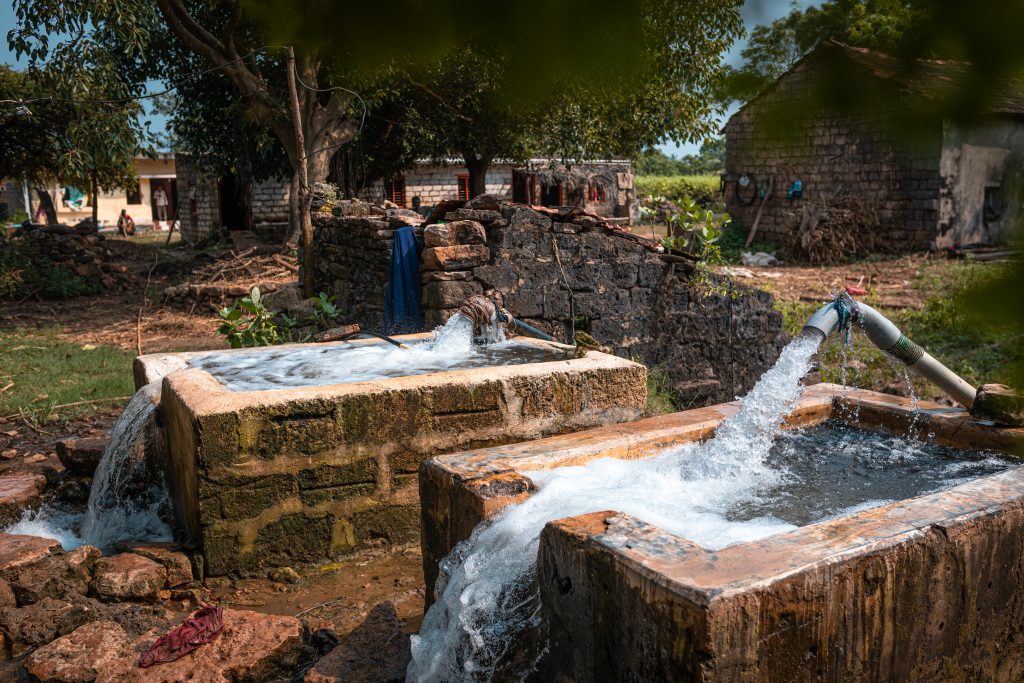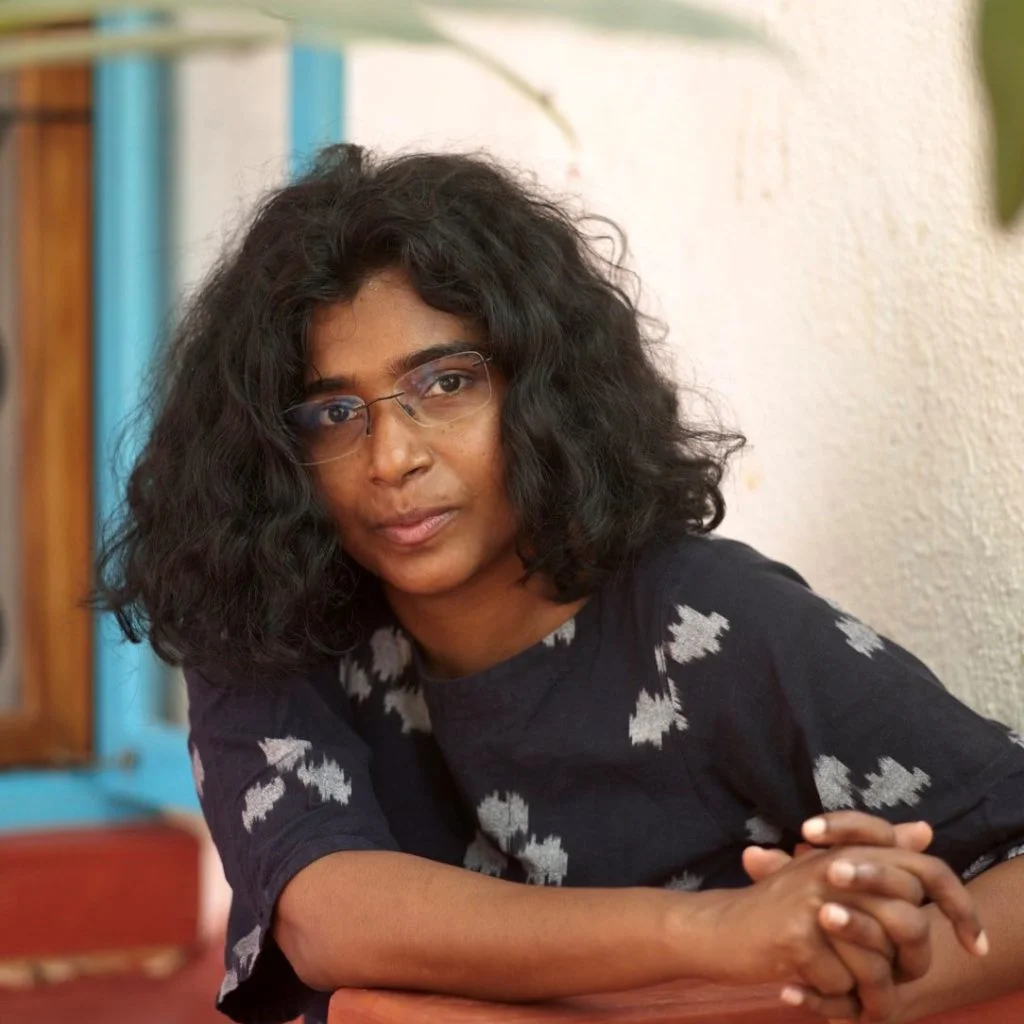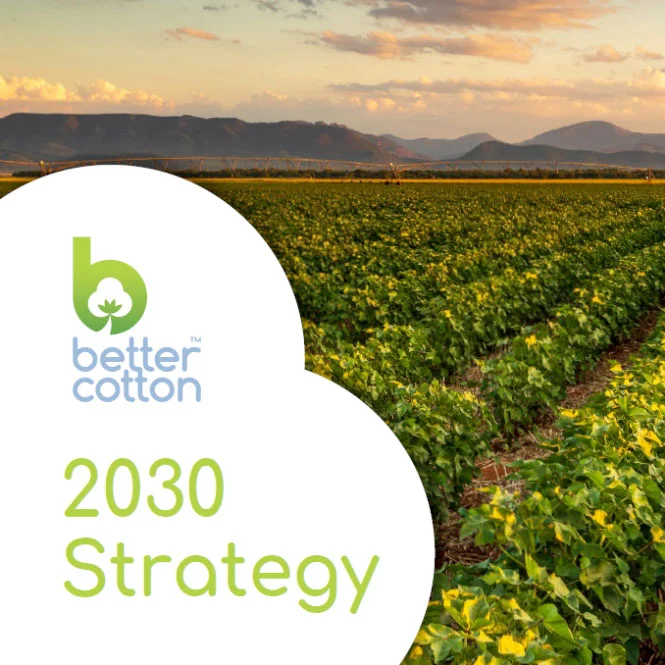- Who we are
- What we do
In just over 10 years we have become the world’s largest cotton sustainability programme. Our mission: to help cotton communities survive and thrive, while protecting and restoring the environment.
- Where we grow
Better Cotton is grown in 22 countries around the world and accounts for 22% of global cotton production. In the 2022-23 cotton season, 2.13 million licensed Better Cotton Farmers grew 5.47 million tonnes of Better Cotton.
- Our impact
- Membership
Today Better Cotton has more than 2,700 members, reflecting the breadth and diversity of the industry. Members of a global community that understands the mutual benefits of sustainable cotton farming. The moment you join, you become part of this too.
- Associate Membership
- Civil Society Membership
- Producer Organisation Membership
- Retailer and Brand Membership
- Supplier and Manufacturer Membership
- Find Members
- Member Monitoring
- Better Cotton Platform
- myBetterCotton
- Resources – Better Cotton Conference 2022
- Complaints
- Whistleblowing
- Safeguarding
- Get Involved in the Better Cotton Programme
- Thank you for contacting us
- Better Cotton’s Data Privacy Policy
- Log in
- Members’ Area
- Request for Proposals
- Better Cotton Cookie Policy
- Web Reference
- Measuring Cotton Consumption
- How to Implement the Chain of Custody Standard
- Resources – Better Cotton Conference 2023
- Certification Bodies Old
- Latest
- Sourcing
- Latest
The founding premise of Better Cotton is that a healthy sustainable future for cotton and the people that farm it is in the interests of everyone connected with it.
Let us help you find what you’re looking for
Results for {phrase} ({results_count} of {results_count_total})Displaying {results_count} results of {results_count_total}

This week, to celebrate World Water Week 2023, we have been placing the spotlight on Better Cotton’s work to promote water stewardship, speaking to the Alliance for Water Stewardship about their work on the revision of Better Cotton’s Principles and Criteria and resharing a piece from earlier this year dispelling misconceptions about cotton’s water consumption. To close out the week, we spoke with Saleena Pookunju, Senior Manager, Programme – India, to discuss the water challenges faced by cotton farmers in India, progress at field-level, and opportunities to collaborate.

What are some of the challenges with water that Better Cotton Farmers face in India?
Anyone who has ever attempted to have an open conversation with a farmer in India knows that within the first few minutes of the conversation, they are going to draw your attention to water – the lack of it, the untimely abundance of it, the poor quality of it!
Water is the most important yield-limiting factor for almost all our farmers. In India, of the 1.5 million hectares grown upon in 2022-23 cotton season, as part of the Better Cotton Programme, only 27% was under completely rainfed conditions. While the rest of the 73% farms have access to various sources of water, timeliness of availability and quality were two of the major concerns they faced. For example, total dissolved salt in ground water in some areas of Gujarat is as high as 10000mg/L and is unusable for irrigation without further treatment.
How can Better Cotton address some of the challenges with water that cotton producing communities face?
It’s extremely important that water challenges are understood and addressed holistically in the context of natural resource management and climate change, and in line with the limited resources at the disposal of farmers and their communities.
With the revision of the Better Cotton Principles & Criteria – announced in April – we have moved to further promote water stewardship. As such, in addition to supporting farmers to better manage water usage at the farm-level, focus has also been on identifying shared challenges and opportunities to collaborate.
Could you share some concrete examples of interventions in cotton communities to build their resilience to climate change and address challenges surrounding water?
Some of the water source strengthening work we have promoted and supported include desilting check dams, village and farm-level ponds, deepening ponds in order to increase water storage capacity, and constructing rainwater harvesting and water recharging structures, as well as storage wells.
To further improve the resilience of Better Cotton Farmers, our programme advocates for micro-irrigation systems such as drip and sprinklers where feasible. In addition, by promoting various soil moisture management practices such as mulching, intercropping, green manuring, our programme also encourages community-level watershed mapping and crop water budgeting so that farmers can make informed decisions on what to grow based on the level of water available for that season.
While water woes intensify due to the climate crisis, Better Cotton resolves to continue to bring more investment to the field and strengthen partnerships with stakeholders.


